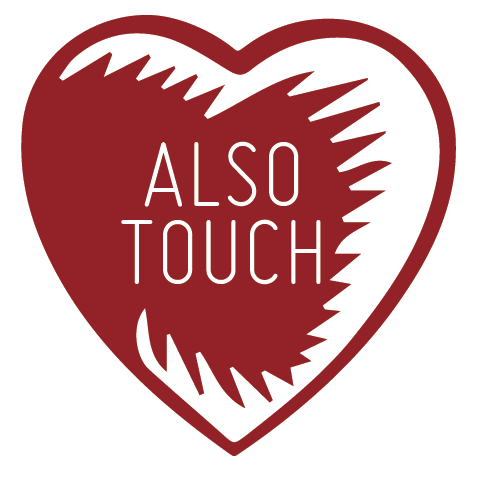What is JDMS?
What is Juvenile Dermatomyositis (JDMS)?
Christiana was diagnosed with Juvenile Dermatomyositis, which is the disease diagnosed in children who have myositis. Dermatomyositis (DM) affects people of any age or sex, but is found in more women than men. DM is thought to be an autoimmune disease, meaning the body's immune system, which normally fights infections and viruses, does not stop fighting once the infection or virus is gone. The immune system then attacks the body's own normal, healthy tissue through inflammation or swelling.
DM is the easiest type of myositis to diagnose because of the skin rash. The DM rash looks patchy, dusky, and reddish or purple. It is found on the eyelids, cheeks, nose, back, upper chest, elbows, knees and knuckles. The rash is often seen before muscle weakness is felt. The skin rash and weak muscles are caused by inflammation in the blood vessels under the skin and in the muscles, also called vasculitis.
Muscle weakness usually happens over a period of days, weeks or months. Patients who have the skin rash but feel no muscle weakness have amyopathic DM. The weakness begins with muscles that are closest to and within the trunk of the body. Neck, hip, back and shoulder muscles are examples.
As of 2005, only 5,000 children in the United States had JDMS, and of those, 90% survive.
(information excerpted from the Myositis Foundation)
What is Thrombotic thrombocytopenic purpura (TTP)?
A couple weeks into her hospital stay, Christiana was also diagnosed with Thrombotic thrombocytopenic purpura (TTP). TTP is a rare blood condition characterized by the formation of small clots (thrombi) within the circulation, which results in the consumption of platelets and thus a low platelet count (thrombocytopenia).
(information excerpted from NetDoctor)
What is Juvenile Rheumatoid Arthritis (JRA)?
Christiana was diagnosed with Juvenile Rheumatoid Arthritis when she was seven, three years before symptoms for JDMS showed. JRA is the most common form of arthritis in children. It may be a mild condition that causes few problems over time, but it can be much more persistent and cause joint and tissue damage in other children. JRA can produce serious complications in more severe cases.
Arthritis is best described by four major changes in the joints that may develop. The most common features of JRA are: joint inflammation, joint contracture (stiff, bent joint), joint damage and/or alteration or change in growth. Other symptoms include joint stiffness following rest or decreased activity level (also referred to morning stiffness or gelling), and weakness in muscles and other soft tissues around involved joints. Children also vary in the degree to which they are affected by any particular symptom.
(information excerpted from MedlinePlus)
You can help further research and treatment for children with diseases like JDMS and JRA. Donate today to the Arthritis Foundation.

